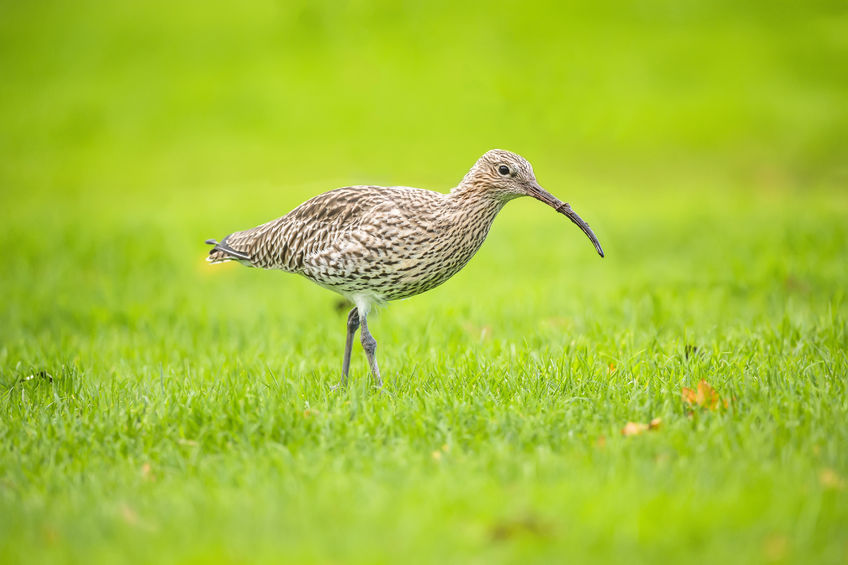
Somerset farmers are playing a vital role in helping save one of the world’s rarest birds from extinction by planning haying activities to avoid nesting sites.
The hay-meadows of the Somerset Moors and Levels are the largest wetlands in England home to many waders and some of the rarest birds on Earth.
A quarter of the global population of curlews can be found in the UK, but breeding numbers have dropped dramatically in the last 25 years.
Numbers have decreased by a third in less than 25 years - from around 100,000 pairs to just 66,000 breeding pairs.
Identifying nesting sites and working with farmers to delay haying has halted the decline of curlews in Somerset over the last ten years.
Holding off haying
During the summer, teams of trained volunteers have been identifying curlew nesting locations.
This information has been passed to farmers so that haying can be held off until any chicks have fledged and left the nest.
Chris Corrigan, the RSPB’s director for England said: “It sounds so simple, but changing when a field is hayed can make a huge difference to an endangered species.
“Thanks to the willingness of our farming communities we have been able to alert farmers to where important nesting sites are located. This means they can plan to hay other areas until chicks have fledged and the nest is no longer needed.”
Sam Mitchell, a farmer with land adjacent to Kings Sedgemoor explains: "Since we put the land into the Higher Level Stewardship it’s been a delight to hear the distinctive sounds of snipe and curlew more regularly on the fields once again, I am very keen to do anything I can to assist to assist the wildlife of the Levels and Moors.”
The project is also helping to protect another enigmatic bird of the Levels – the snipe.
Snipe numbers have been steadily increasing in the hay meadows of the Levels over the last 10 years to 150 pairs, thanks to farmers helping boost numbers be careful farm management.
